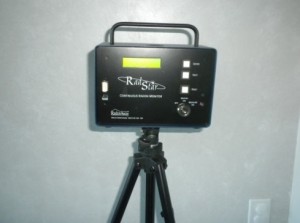Exterior Problems Articles
-
Asphalt Shingles
-
Brick Stains
-
Exterior Doors
-
Fiber Cement Siding
-
Fireplace Chimneys
-
Flat Roofs
-
Fogged Windows
-
Metal Roofing
-
Modified Bituman
-
Retaining Walls
-
Siding Basics
-
Siding Brick
-
Siding Stucco 1
-
Siding Stucco 2
-
Siding Stucco Disasters
-
Siding Stucco EIFS
-
Siding Vinyl Lap
-
Slate
-
Spray Foam
-
Window Glazing
-
Window Ice Dams








